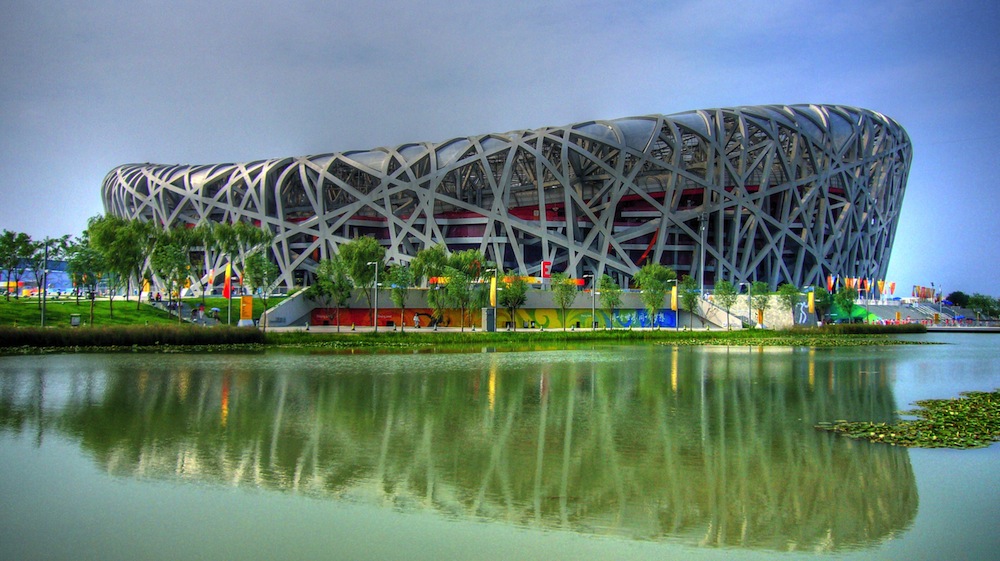China’s State Council and Communist Party Central Committee have forbidden "over-sized, xenocentric, or weird" architecture.
The order states that public buildings should "suitable, economic, green and pleasing to the eye." The directive also bans gated communities.
Analysts said the stricter design standards mean a tighter focus on functionality in public buildings, rather than unique, iconic structures devised primarily by foreign architects. The guidelines come two months after a high-level meeting to address some of the problems that have arisen because of China’s rapid urbanization in which city dwellers rose from 18% of the population in 1978 to 56% today.
The new guidelines also encourage construction techniques that use fewer resources, like prefabricated elements, according to The New York Times. Prefabricated structures could help China reach its goals of simplified designs, while ensuring quality and reducing costs.
Related Stories
| Aug 11, 2010
Platinum Award: Reviving Oakland's Uptown Showstopper
The story of the Fox Oakland Theater is like that of so many movie palaces of the early 20th century. Built in 1928 based on a Middle Eastern-influenced design by architect Charles Peter Weeks and engineer William Peyton Day, the 3,400-seat cinema flourished until the mid-1960s, when the trend toward smaller multiplex theaters took its toll on the Fox Oakland.







